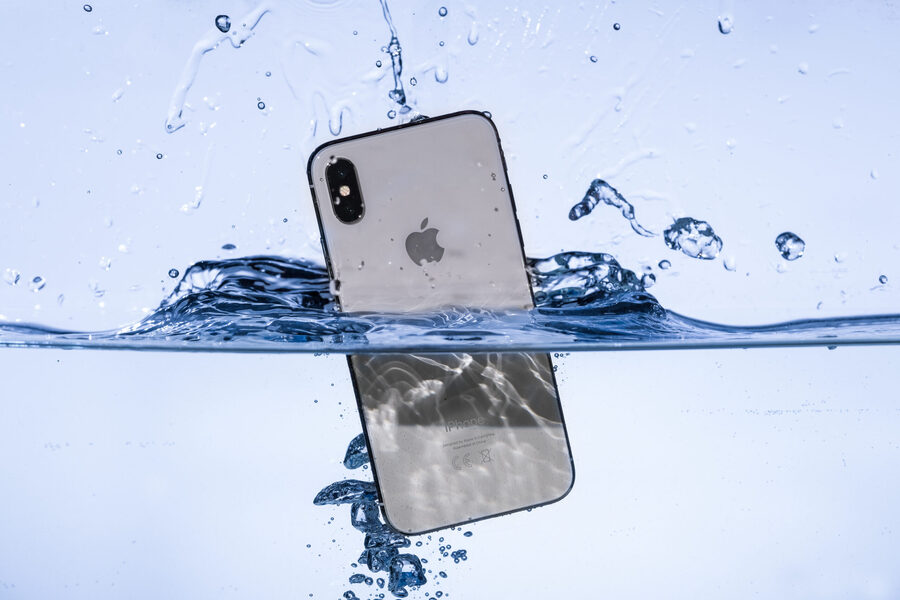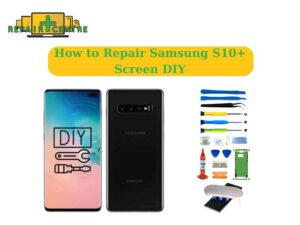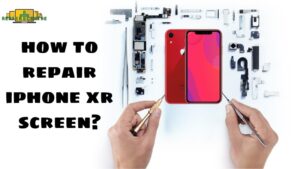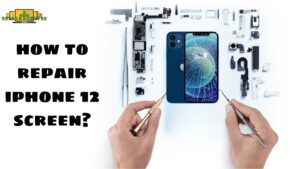You might wonder if your iPhone remains water-resistant after a screen replacement. While newer iPhones boast impressive water resistance, replacing the screen can compromise this feature. Disrupting the original seals and adhesives is almost inevitable. So, does a professional repair make a difference, or is DIY just as good? And what steps can you take to ensure your device remains protected against moisture? The answers to these questions could affect your approach to future repairs and how you care for your iPhone going forward.
Understanding iPhone Water Resistance
iPhones are designed with a certain level of water resistance, but it’s important to understand what that actually means for everyday use. When Apple says your iPhone is water-resistant, it doesn’t mean it’s completely waterproof. The device can handle splashes, a bit of rain, or an accidental drop in a shallow puddle, but it’s not built to survive prolonged submersion or exposure to high-pressure water.
Water resistance is measured by an IP (Ingress Protection) rating. For instance, the iPhone 13 has an IP68 rating, meaning it can withstand being submerged in up to 6 meters of water for 30 minutes. However, this resistance can degrade over time due to wear and tear, and isn’t a guarantee against water damage. Apple’s warranty doesn’t cover liquid damage, emphasizing the importance of being cautious around water.
Keep in mind that daily activities like swimming, showering, or taking your iPhone into the sauna aren’t recommended. Even though the device can handle brief, accidental exposures, it’s best to avoid pushing those limits.
Understanding these distinctions can help you better protect your iPhone and avoid costly repairs.

Impact of Screen Replacement
When you replace your iPhone’s screen, its water resistance can be significantly compromised. The intricate design of your iPhone includes seals and adhesives that keep water out. When these are disturbed during a screen replacement, their effectiveness can be reduced. Even if the new screen is installed perfectly, the phone’s original water-resistant integrity might not be fully restored.
Unofficial repair shops might not use the same high-quality materials and techniques that Apple does. This can further decrease your iPhone’s ability to resist water. Even minor misalignments or gaps can allow moisture to seep in, causing potential damage to internal components.
Moreover, the process of opening the iPhone can introduce dust or other particles that affect the sealing surfaces. Once these surfaces are contaminated, re-establishing the original water resistance becomes challenging. Even a small amount of dust can prevent adhesives from bonding correctly, making it easier for water to infiltrate.

Factors Affecting Waterproofing Post-Repair
Several factors can affect your iPhone’s waterproofing after a screen replacement:
- Quality of Replacement Parts: If the new screen isn’t from an authorized manufacturer, it might not fit perfectly, causing gaps that compromise the seal.
- Adhesive Used: Apple uses a specific waterproof adhesive, and if the repair technician doesn’t use the same quality adhesive, your iPhone’s water resistance could be compromised.
- Skill Level of the Technician: An inexperienced or careless technician may not reassemble your iPhone with the precision required to maintain its waterproofing. Even minor misalignments can lead to significant issues.
- Condition of Internal Components and Seals: If these parts get damaged during the screen replacement, they might not provide the necessary protection against water.
- Age and Previous Condition of Your iPhone: Older devices or those that have undergone multiple repairs might already have weakened seals, making it harder to maintain full waterproofing after a new screen is installed.
Paying attention to these factors can help you understand the risks involved.
Tips for Maintaining Water Resistance
To help maintain your iPhone’s water resistance after a screen replacement, follow these practical tips:
Use High-Quality Adhesive Seal: Ensure the use of a high-quality, waterproof adhesive seal when replacing the screen. This ensures that the new screen bonds properly to the frame, maintaining a tight seal against moisture.
Avoid Unnecessary Water Exposure: Even if your phone is rated as water-resistant, minimize exposure to water. Over time, any device’s water resistance can degrade.
Invest in a Waterproof Case: If you must use your phone in wet conditions, consider using a waterproof case for added protection.
Regular Inspections: Regularly inspect your iPhone for any signs of damage or wear. Small cracks, dents, or gaps can compromise the water-resistant seal. If you notice any issues, have them addressed promptly by a professional.
Keep Ports Clean and Dry: Dirt and debris can interfere with the seals and make your device more susceptible to water damage. Gently clean the ports with a soft, dry brush to remove any buildup.
Use Gentle Cleaning Methods: Avoid using harsh chemicals or abrasive materials when cleaning your phone. These can damage the seals and screen, reducing water resistance. Stick to a soft cloth and mild cleaning solutions.
Professional Vs. DIY Screen Replacement
Choosing between a professional and a DIY screen replacement for your iPhone can significantly impact its water resistance. When you opt for a professional repair, you’re relying on experienced technicians who have access to specialized tools and genuine replacement parts. They follow strict guidelines to ensure that the water-resistant seals are intact. This approach helps maintain your iPhone’s original water resistance capabilities, reducing the risk of future water damage.
On the other hand, DIY screen replacement might seem cost-effective at first, but it comes with potential risks. You might not have the necessary tools or expertise to properly reinstall the waterproof seals. Even a small mistake can compromise your iPhone’s water resistance, leaving it vulnerable to water damage.
Moreover, using non-genuine parts can further exacerbate the problem, as they might not fit perfectly or provide the same level of protection as original components.
Conclusion
After a screen replacement, your iPhone’s water resistance might be compromised. It’s crucial to have the repair done by a professional using high-quality parts and waterproof adhesive. Avoid DIY fixes, as they can’t guarantee the same protection against water damage. To maintain your device’s water resistance, always opt for expert repairs and follow any additional maintenance tips provided.
Remember, safeguarding your iPhone from water starts with a proper screen replacement.
If you’re thinking about getting your phone screen repaired, and wondering if it will still be waterproof after the repair. The short answer is yes, as long as you use an apple genuine part for the repair. Frankston, Windsor, Somerville, Brighton, and Springvale repair centres are these places to keep your phone in good condition. We have the experience and expertise to properly seal your phone and keep it safe from water damage. Contact us today to get started.














